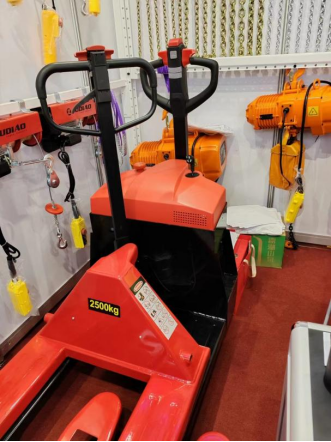Fall protection is a critical component in ensuring workplace safety across various industries, from construction to manufacturing. The appropriate selection of fall protection systems is vital to safeguarding workers' lives and maintaining regulatory compliance. Understanding the diverse types of fall protection available is essential for choosing the most appropriate system for specific job requirements.

One of the most common types of fall protection is the personal fall arrest system (PFAS). This system is designed to safely stop a fall from heights and usually includes a full-body harness, a connecting device, and an anchor point. The effectiveness of a PFAS lies in its ability to distribute the forces experienced during a fall across stronger parts of a worker's body, significantly reducing the risk of injury. It's crucial for workers to receive thorough training on the correct usage and fit of harnesses to ensure maximum safety and compliance with OSHA regulations.
Guardrail systems are another vital form of fall protection, particularly in construction and industrial settings. These systems provide a physical barrier at the edge of elevated surfaces, thereby preventing falls altogether. Guardrails are considered a passive form of protection because they do not require worker involvement beyond installation. Compliance with design and load specifications is imperative to ensure that these systems can withstand potential force impacts.

Safety nets offer another robust solution, particularly in environments where fall distances exceed the safe use limitations of personal fall arrest systems. These nets are strategically positioned to catch workers in the event of a fall, minimizing the impact forces experienced. Proper maintenance and regular inspections are critical, as any damage or wear can compromise the net's effectiveness.
fall protection types
Fall restraint systems are another essential tool in fall prevention. In contrast to fall arrest systems, fall restraint systems prevent the worker from reaching areas where a fall hazard exists. These systems usually involve a body belt or harness connected via a lanyard to a fixed object. While effective, their use is often limited to environments where precise anchor points can be established.
Another innovative approach to fall protection involves using ladder safety systems, often integrated into fixed ladders. These systems combine climbing technology with robust harness systems, allowing for safe and controlled ascent and descent. A notable advantage of ladder safety systems is the consistent protection they provide, as they remain engaged throughout the worker’s climb.
Temporary or portable scaffolding systems provide a versatile solution, often used in construction to provide access to elevated work areas. An essential consideration here is the correct assembly and secure anchorage of these systems, which require skilled personnel to ensure stability and safety.
Ultimately, selecting the proper type of fall protection relies heavily on assessing the specific needs of each work environment. The inclusion of detailed risk assessments, comprehensive training programs, and regular system inspections play a pivotal role in establishing an effective fall protection strategy. By addressing these elements, organizations can significantly enhance the safety and productivity of their workforce while adhering to stringent industry standards.








